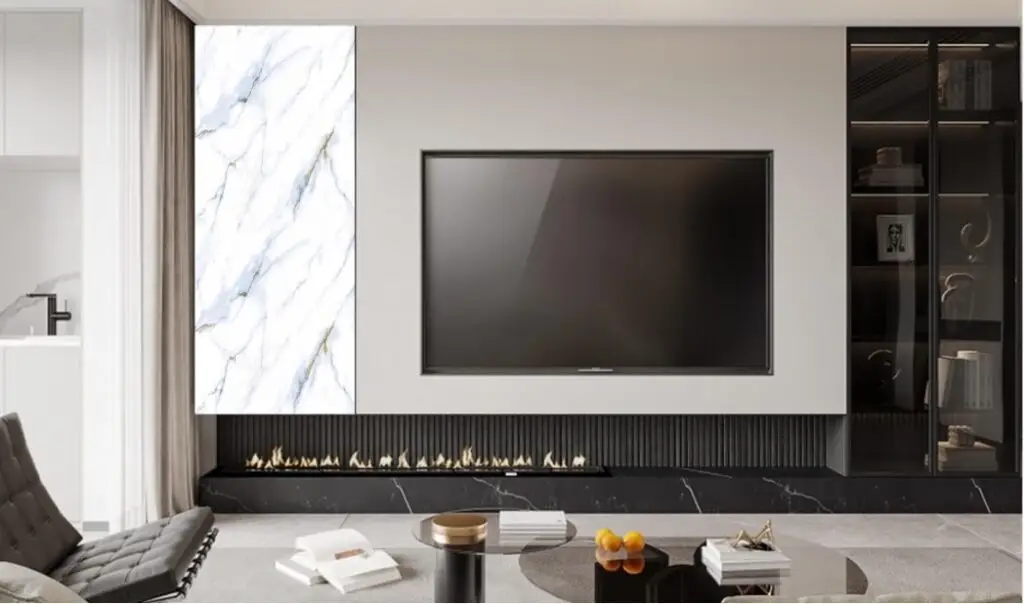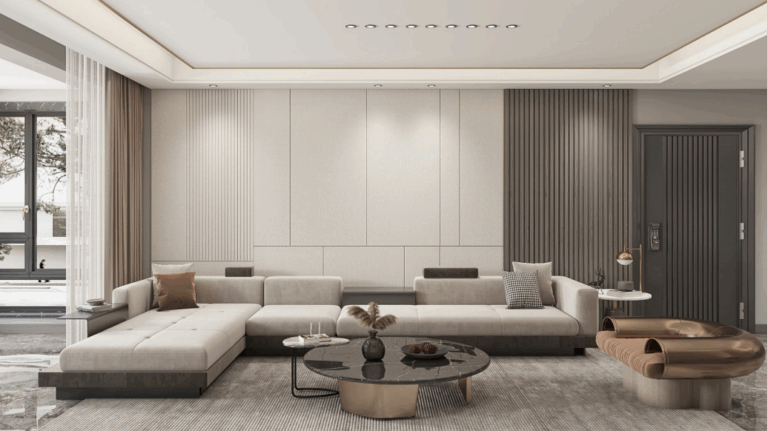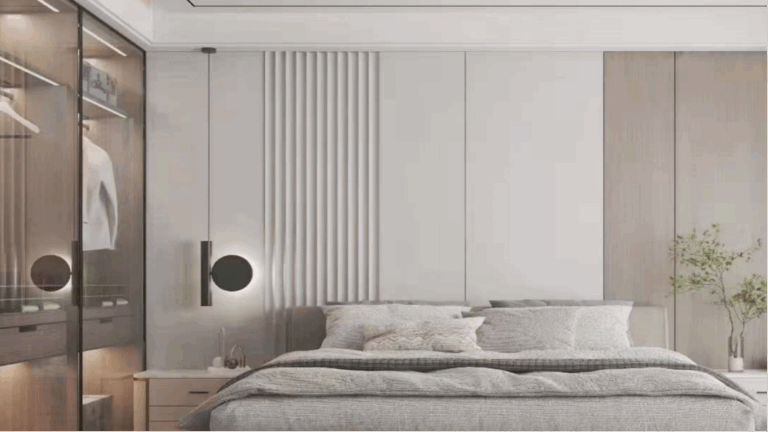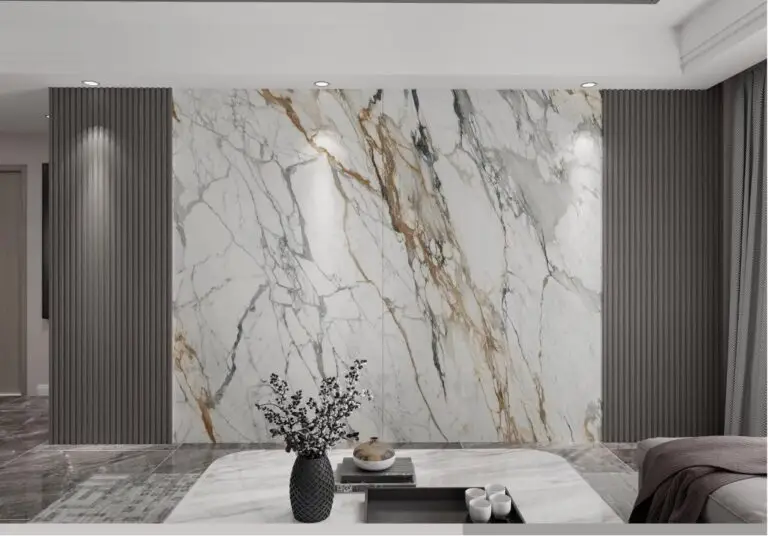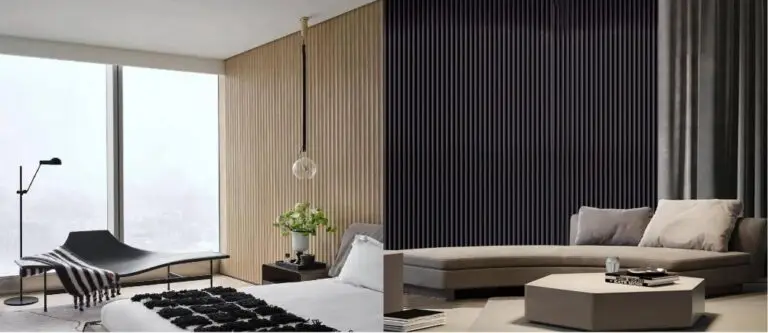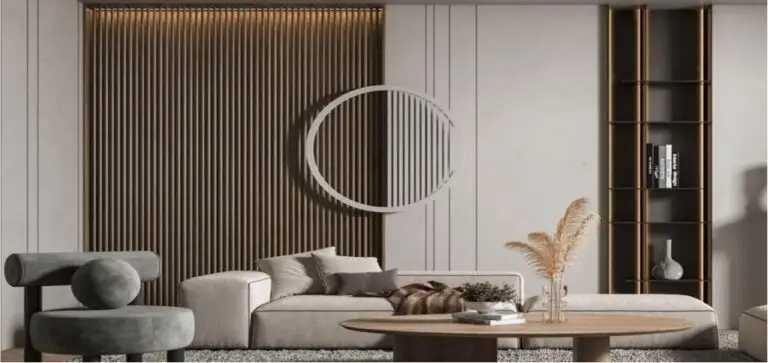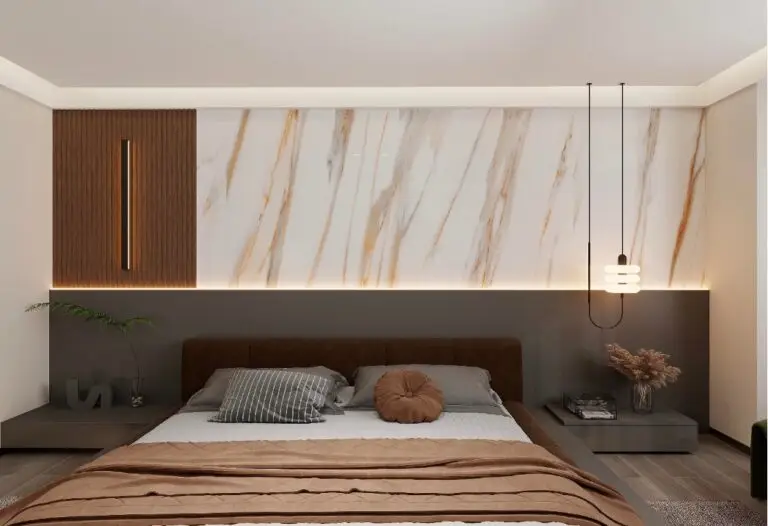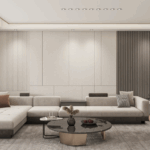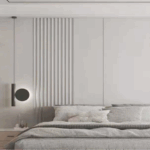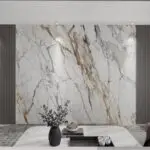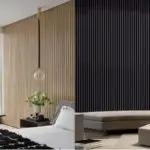When choosing between UV board and wallpaper for TV background walls, it’s critical to evaluate their performance across key criteria to avoid common pitfalls. Here’s a detailed comparison based on functionality, cost, durability, and environmental factors:
1.Material Durability & Environmental Suitability
– UV Board:
– Pros: Highly durable, waterproof, and resistant to scratches, mold, and humidity . Ideal for humid climates or areas prone to moisture (e.g., bathrooms or rainy regions) .
– Cons: Not suitable for outdoor use due to UV sensitivity . Surface protection film must be removed within 5–30 days post-installation to prevent adhesive residue .
– Wallpaper:
– Pros: Lightweight and versatile but prone to peeling, fading, and damage in high-humidity environments . Requires frequent replacement (every 3–5 years) compared to UV board’s 15+ year lifespan .
– Pitfall Avoidance: Avoid in damp areas; opt for vinyl wallpaper for moderate moisture resistance .
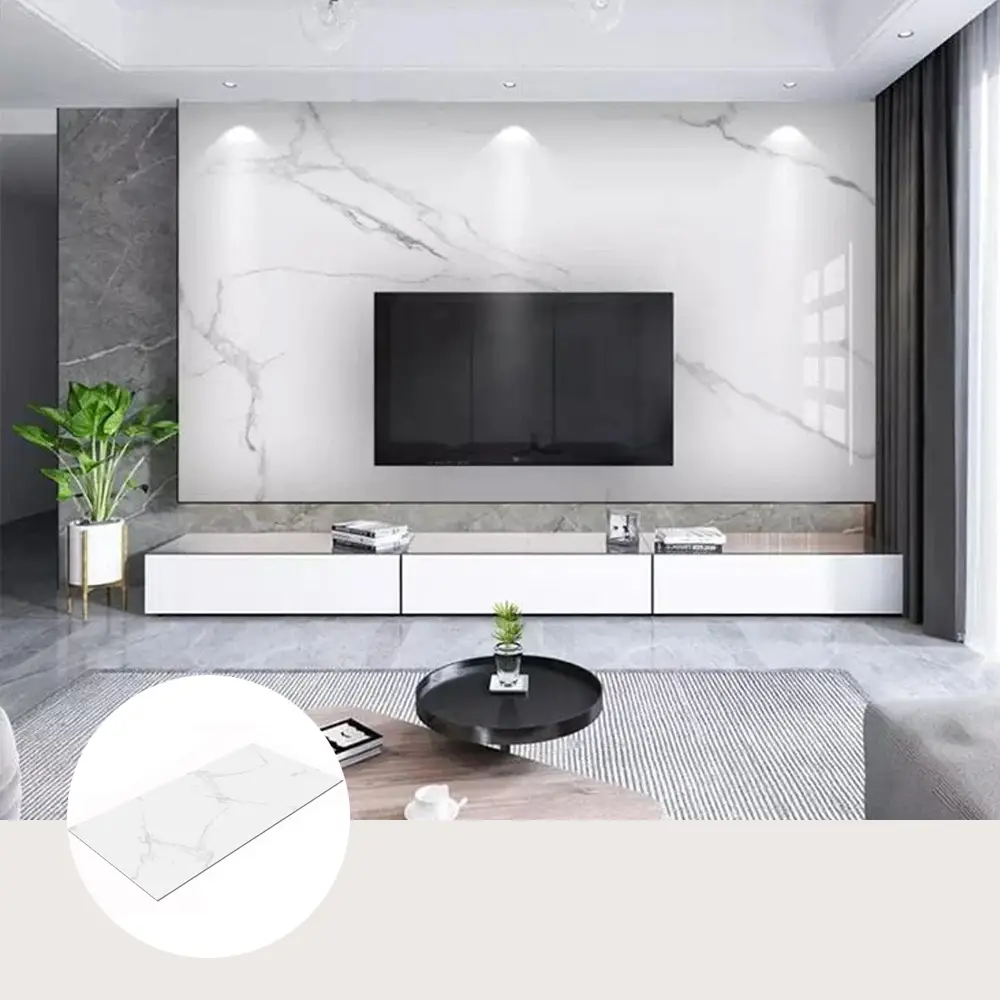
2.Aesthetic Flexibility & Maintenance
– UV Board:
– Offers high-gloss finishes, marble/wood grain textures, and customizable 3D designs . Retains color and gloss over time without yellowing .
– Easy to clean with mild detergents but sensitive to sharp objects (risk of chipping) .
– Wallpaper:
– Provides diverse patterns and colors but fades under direct sunlight . Requires gentle cleaning (no abrasives) to avoid surface damage .
– Pitfall Avoidance: Use fade-resistant coatings for sunlit rooms.
3.Cost & Long-Term Value
– UV Board:
– Higher upfront cost (materials + professional installation) but lower lifecycle expenses due to longevity .
– Example: A 15-year cost analysis shows UV board saves ~35% compared to repainting or replacing wallpaper .
– Wallpaper:
– Budget-friendly initially ($0.45–$1.69/sq.ft.) but accumulates costs from replacements and maintenance .
– Pitfall Avoidance: Calculate total lifecycle costs for high-traffic areas.
4.Installation Complexity
– UV Board:
– Requires precise installation:
- Base layer preparation (e.g., gypsum board) .
- Adhesive application and alignment to avoid gaps .
- Professional tools (e.g., UV-resistant glue, aluminum framing) .
– Not DIY-friendly; errors risk warping or adhesive failure .
– Wallpaper:
– Easier to install but demands skill to avoid air bubbles and misalignment.
– Pitfall Avoidance: Hire experienced installers for seamless finishes.
5.Eco-Friendliness & Health Impact
– UV Board:
– Formaldehyde-free, using UV-cured coatings that reduce VOC emissions . Non-porous surface inhibits mold growth .
– Wallpaper:
– Some vinyl wallpapers emit VOCs; opt for eco-certified options .
– Pitfall Avoidance: Prioritize low-VOC adhesives and materials.
Final Recommendation
– Choose UV Board if:
– Budget allows for higher initial investment.
– Durability, moisture resistance, and low maintenance are priorities.
– Choose Wallpaper if:
– Seeking temporary, budget-friendly designs.
– The room is dry and receives minimal sunlight.
By weighing these criteria, you can avoid common pitfalls like premature wear, installation errors, and hidden costs, ensuring a functional and visually appealing TV background wall.

